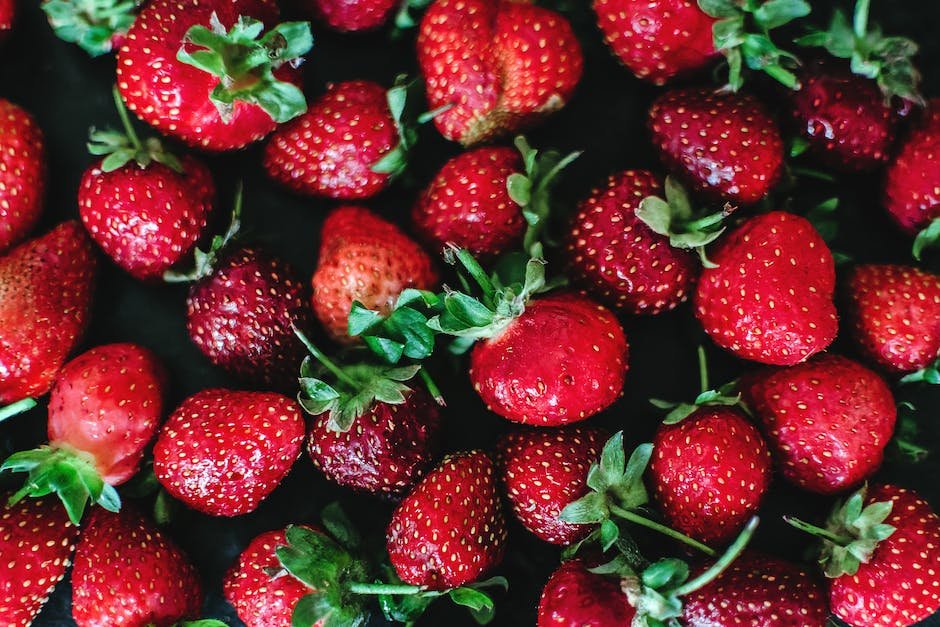When you are figuring out how many ounces of something there is in a given volume, you have to make sure you do not confuse the unit of measure. For example, if you were buying one gallon of milk, it would be very confusing to calculate how much chocolate syrup you could pour into that drink!
If you want to know how many ounces of an ingredient you need for a specific amount, then use our easy formula here. This article will help you do just that! So, let’s get started now by learning about how many ounces are in a glass bottle!
How many ounces are in a standard water bottle?
Most major grocery stores and drugstores offer either a 1-liter or 2-liters bottles of purified water. These bottles contain a total of 854 grams (1 kg) of liquid, which equals exactly eight US fluid ounce (oz.) units.
This sounds pretty precise, but what does this mean? An oz. cup is 0.5 liter so each bottle contains two cups worth of water.
That means if you wanted one quart of water, you would need four of these bottles! Make sense? Let’s look at some examples:
Example: If you needed 4 quarts of water, you would need 4 * 2 = 8 glasses of purified water.
Definition of ounce

An ounce is defined as one gram (0.035 oz.) per 15 mL, or 1/100th of a pound. A gram is about 0.00005 pounds so that is very small!
That means there are 32 ounces in a pound which makes it equal to eight grams per ounce! Or, you could say that there are 8x8x8 = 256 grams in an ounce. Make sure to check out our other weight information articles to learn more!
So how many ounces are in a gallon? It depends on what size bottle you use for the liquid amount and whether you are talking fluid ounces or American ounces.
Fluid ounces are measured by being proportioned like cups. One fluid ounce equals one cup (128 ml) of liquid. You would multiply the number of fluid ounces by 128 to find the total volume in ounces.
For example, if you have a container with 6 fluid ounces then it will hold 4 tablespoons which make up another 2 fluid ounces so there are 6+2=8 fluid ounces in this container. Thats half of a full glass!
American ounces are just slightly different than fluid ounces. They measure the content not the volume. Each drop of liquid is two drops and each drop has four teaspoons in it, making eight drops per teaspoon.
Multiplying ounces by 16

So how many pounds of chocolate chips you have depends on how much space they take up in your bag or container. The number given above is based off buying a one-pound box of chocolate chips, which contains 24 oz (or 2 lbs).
If you buy only a few pieces, then that doesn’t matter as much. But if you’re stocking up, then it does!
To make sure you don’t run out of room, figure out how much space each piece takes in its own wrapper, and add those together to get how much space the whole batch will take up.
For example, let’s say there are twenty two and a half grams in a one ounce bar of dark chocolate. That means one bar would take up 1/22.5 = 0.045 inches of space in a one cup full size bag.
Multiplying ounces by 1/4
So how many pounds of butter you have in one gallon depends on what kind of milk you use to make it. If you use cow’s milk, then you need to multiply the number of ounces times 4 to get the weight in pounds.
If you use rice or soy milk, then you only need to multiply the number of ounces by 2.
The reason for this is because one cup (8 oz) of liquid contains the same amount of water as two cups (16 oz) of plain white sugar! This means that one batch will not completely solidify due to there being an equal amount of fluid in the mixture.
Multiplying ounces by 1/2
The other way to find how many cups of liquid you have is to multiply your ounce amount by one half. This is because a cup contains 0.5 fluid oz, or 15 mLs, of water. If you have 6 tablespoons then six times zero-point five is three teaspoons!
This method works for finding how much milk you have in your coffee, tea, cereal, and soup. You just need to know what an ounce equals in terms of volume. A normal weight measure is equal to 250 ml (8 fl oz) which makes its ounce value 1/250 = 0.04 oz.
Multiplying ounces by 3
So how many pounds of chocolate do you have? Well, let’s look at the most common sizes- 40 percent bar size or 4 oz per person, which is equal to just over 8 lbs!
If we multiply that by three, we get about 24 lbs! This is actually very close to what most people should have because one person usually needs enough chocolate for more than just themselves.
That means if your friend was hosting an event with all of their friends, then you need to bring enough so they don’t run out! (We always suggest bringing enough for up to a month.
Multiplying ounces by 4

So how many pounds of chocolate chips you have depends on how many cups of cocoa powder you use to make the melted chocolate. To make sure we are talking about the same amount, let’s do an example using one cup of cocoa powder.
If you used two cups, then your recipe would contain twice as much chocolate! This could not only be confusing, but also very hard to manage when baking.
One way to avoid this is to multiply the number of ounces of chocolate chips by four. One ounce of chocolate chips equals one ounce of pure chocolate solid or liquid.
Multiplying ounces by 5

So how many pounds of chocolate chips you have depends on how many inches an ounce is in one pound! And 1 lb = 454 grams, so that means your normal amount is about 2½-3 lbs per every 500 g (one half gallon) of chips.
That’s actually a lot! Most recipes call for around that much– sometimes even less than that because some chefs don’t like to measure butter in cups. You get very little difference between baking with only one cup and two cups, but as we know, more butter means faster melting and spreader.
If you are making lots of desserts, I would recommend buying a separate stick of butter to use for this purpose.
Combining ounces and gallons
When you’re measuring liquid volume, there are two main units used: fluid ounces and imperial (or US) cups. Liquid ounce measurements are typically one-tenth of a cup or less; 1 tablespoon is always equal to 15 ml — that’s why we have called them “liquid” amount measures!
Imperial cups are actually not cups at all but rather levels. A full imperial cup equals 20 mL, so one can never have too many of those! The most common way to refer to an imperial cup measure is a glass bottle with a top. There are 128 bottles in a case of 32 glasses per size range.
Combine these two types of measurement for how much liquid you have and you’ll know just how many ounces something contains. For example, here are some statements followed by a bullet point and paragraph based on the following photo.
Statement: One bottle contains five tablespoons
Bullet point: Make sure to check your proportions
If you have a digital scale that automatically calculates weight, then no, we are not going to talk about that here. We will focus on more familiar tools such as spoons and bowls instead.


















